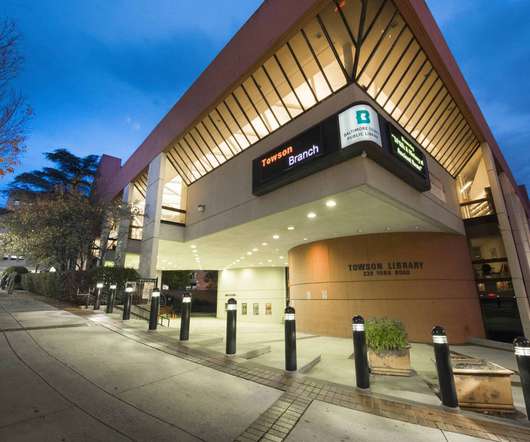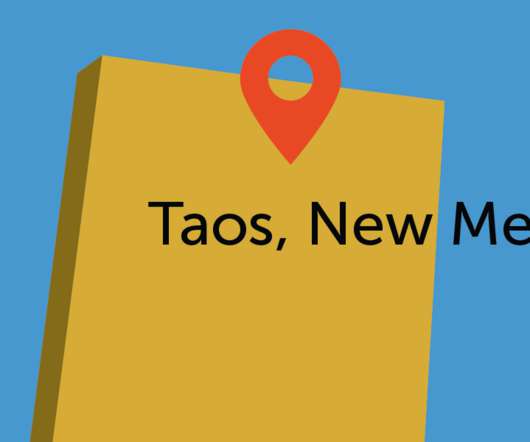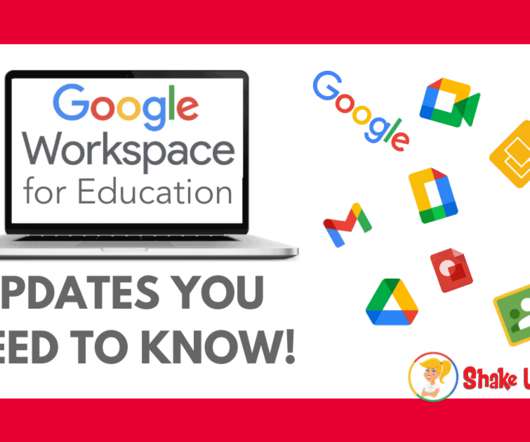Digital Divide 2.0: a few facts and figures
Neo LMS
JANUARY 4, 2018
Today we launch right in with a topic that is on the minds and hearts of many teachers – the “digital divide”; that silent, pernicious socioeconomic gap between students that have and students that do not have access to technology. Now, however, access to technology is becoming a rights issue. Digital divide: facts and figures.

















































Let's personalize your content